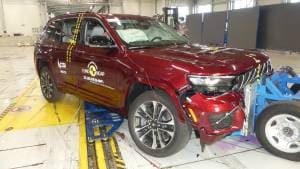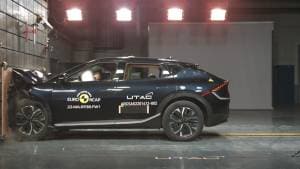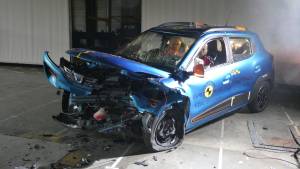More buttons and lesser screens could help manufacturers get a better Euro NCAP score
Car manufacturers and their obsession with having multiple touchscreens in the cabin is one of the automotive industry's biggest trends. We've seen the evolution from having one single decently sized touchscreen in the centre to interiors being wrapped with massive scenes extending from one end of the car to another. The European New Car Assessment Program (Euro NCAP) seems to have had enough of this and has decided to take matters into its own hands.
As per The Times, Euro NCAP has established additional standards for automobiles that wish to achieve a flawless five-star safety certification in the future. Starting next January, any carmaker that wants their vehicles to pass the group's safety tests must install more physical buttons and reduce the emphasis on touch-sensitive controls.

Speaking to the Times, Matthew Avery, director of strategic development at Euro NCAP said, "The overuse of touchscreens is an industry-wide problem, with almost every vehicle-maker moving key controls onto central touchscreens, obliging drivers to take their eyes off the road and raising the risk of distraction crashes."
The new Euro NCAP guidelines, which are still being finalized, require physical controls for turn signals, warning lights, windshield wipers, and horns, among other tasks. This may not sound like a lot to ask, but several automakers have implemented these capabilities behind a touch-sensitive interface.
Although the Euro NCAP rating is not necessary, businesses such as Tesla, Volkswagen, Mercedes, and BMW utilize it to improve their own safety standards and market their vehicles as safer alternatives for consumers. The Euro NCAP is further supported by numerous EU governments.
Also Read:
Tata Nexon facelift scores 5-star safety rating in Global NCAP crash test
Starts Rs 6.95 Lakhs
1497cc
Automatic
110
260
21.5 Kmpl














